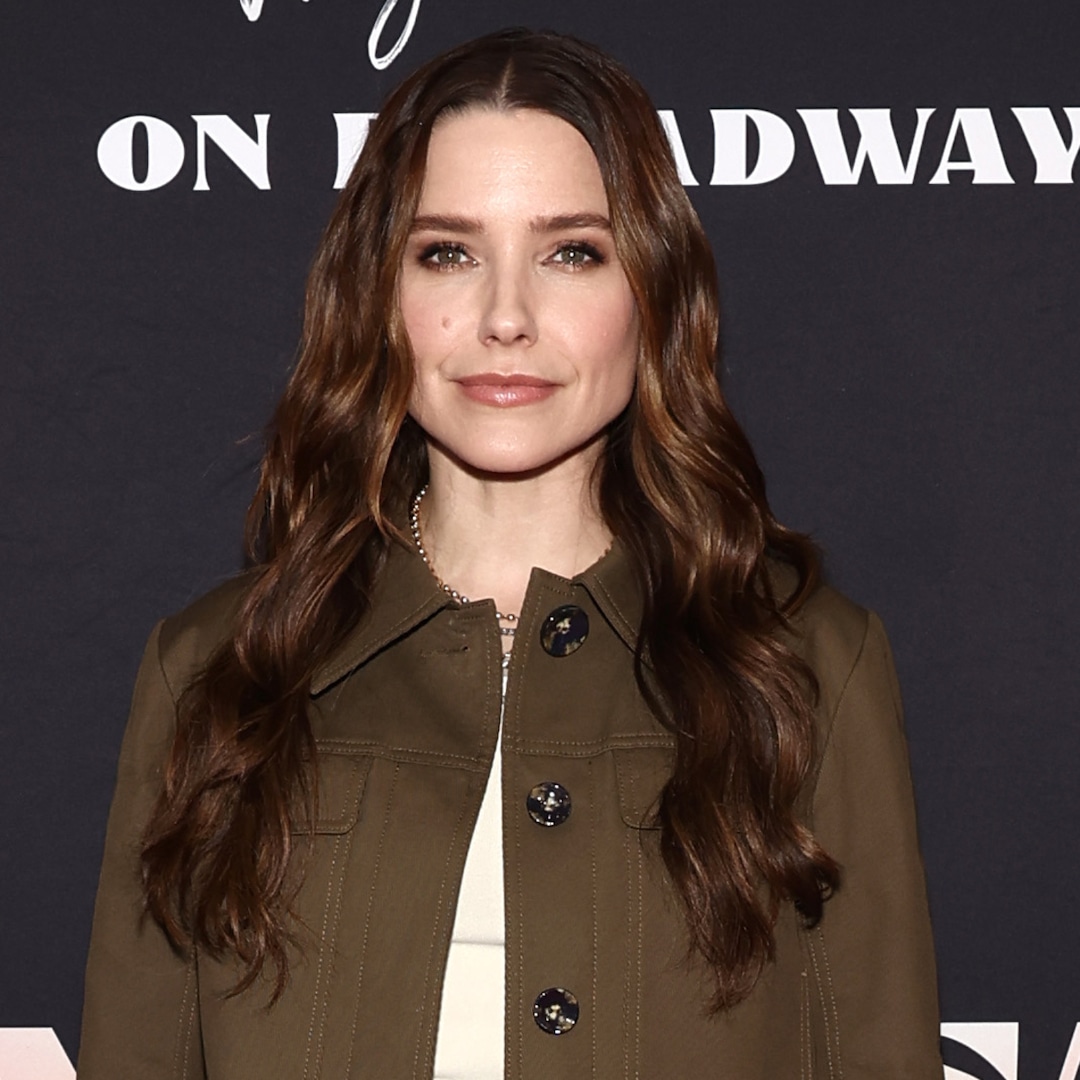Travel
As the Rio Grande Dries Up, Canoeing Near Big Bend National Park Gets Harder

I had barely unbuckled my seatbelt and was already wondering if I had driven six hours across Texas for nothing. A once-in-a-lifetime river adventure had seemingly evaporated with some disappointing news.
It was the promise of a four-day, 33-mile canoe journey in Big Bend National Park, snaking through awe-inspiring canyons on a mighty river, that had lured me across the state. My partner’s brother, Michael Stangl, an occasional guide with Hidden Dagger Adventures, had offered to take me on the Rio Grande, one of the country’s longest rivers, which stretches from central Colorado to the Gulf of Mexico. I had only previously visited Big Bend on foot, and I was excited to see it from the water.
The moment I pulled into Michael’s driveway in Alpine, Texas, after driving there from Austin last April, he told me: We wouldn’t be going through the park anymore.
“Unless you want to go hiking with a canoe, we should run a different part of the river,” he said. Having just returned from that segment of the river — between Rio Grande Village, a small campground within Big Bend, and Heath Canyon Ranch, just outside the park — he said it had been “more work than fun,” and that he had been dragging the canoe for a quarter of a mile at a time over nearly dry riverbeds.
Instead, we would be doing the Temple Canyon route: an 11-mile, two-night, three-day stretch of the Rio Grande following the United States-Mexico border, more than 30 miles from where our original trip was supposed to begin. This different river segment, entirely outside and downstream from Big Bend, was instead within a desert bighorn sheep restoration area known as Black Gap.
Even though I was disappointed, I came to learn that last-minute changes to adventures involving the Rio Grande were common.
“If the river were a heart, it would be flatlining”
The Rio Grande is in peril: Its water is being depleted by farmers and cities, while a climate-change-induced megadrought that has desiccated the American Southwest for more than two decades is threatening hopes of its recovery. In 2022, the river ran dry in Albuquerque for the first time in four decades. In the same year, the picturesque Santa Elena Canyon, one of the most popular sights in Big Bend, also ran dry for the first time in at least 15 years, according to the National Oceanic and Atmospheric Administration.
“If the river were a heart, it would be flatlining,” said Samuel Sandoval-Solis, an associate professor at the University of California, Davis, studying water management.
For the West Texan river guides, it’s simply another precarious reality of life in the Chihuahuan Desert. “In my lifetime, I expect river trips to no longer be feasible,” said Charlie Angell of Angell Expeditions, a tour guide service based in Redford, Texas.
For now, those booking paddling tours on the Rio Grande can expect last-minute switch-ups if they want their boats to actually float.
“When guests book over the phone, we tell them, ‘You’re gonna go where we tell you we’re going,’” said Mike Naccarato, the founder of Far West Texas Outfitters, an adventure company based in Presidio, Texas. “And if they still insist on wanting to go to Big Bend National Park when the levels are low, we tell them it’s their choice: We can either do it by dragging the boat up and down the river, or we can go do this very, very pretty trip outside of the park, but still on the Rio Grande, instead.”
While the high season for river trips is typically March through May, and following monsoon season from September through November, local tour operators are struggling to predict when the water levels will be high enough.
“It’s really hard to say anything is normal nowadays — we’ve started calling it ‘non-soon’ season,” said Mr. Naccarato.
Dragging, zigzagging and head-butting
After an hourlong drive with canoes strapped to Michael’s truck, we stood on the edge of the river outside Heath Canyon Ranch, staring at an out-of-commission bridge stretching across the border to Mexico. While the sun was hidden behind clouds, I was already drenched in sweat from lugging the gear-filled canoes to the bank.
It was soon clear our “easier,” 11-mile journey would still be hard work because of the river’s lower-than-normal water levels.
Within about 30 seconds of pushing off, Michael and I reached our first rapid section and I, a river novice, was ill prepared. The lower water levels had left protruding rocks that we would have to navigate. Michael hopped out of his canoe and grabbed my bow. “You’re going to have to angle the nose directly toward that Y, where the river’s splitting and it’s turning white, then tilt the nose quickly right, then quickly left,” he instructed.
My canoe ended up jammed on a gravel bed, and I was forced to hump it over rocks until the river deepened. It happened again and again: At nearly every rapid section — and it felt as if one came around every time I started to gain confidence — my boat ended up beached. I must have spent more time out of my boat pushing it than in it paddling.
Even in sections where the river deepened, it wasn’t easy. Instead of the current pulling us swiftly down the middle, the lower water levels forced our boats to drift in a serpentine formation, back and forth across the banks of the river. The banks provided another problem: For most of our trip, the right bank of the river — the Mexican side — was dominated by carrizo cane. Also known as border bamboo or giant reed, the cane, an invasive species, stretched off the bank for what I estimated as up to 15 feet high.
The turbulent and narrow river dragged my boat right into the cane, which cut up my arms and legs, and clotheslined me into the water. Michael instructed me to — counterintuitively — lean forward into the cane, not away from it. When I heeded his advice, my (unhelmeted) head became a blunt object upon which the cane snapped itself in half. It was significantly better than capsizing.
That night, blistered, bruised and damp, I asked Michael as we sat on our sleeping pads if floating the Rio was always this strenuous and riddled with obstacles. “Not when there’s really water,” he said. In fact, as I later learned, most of the difficulties I encountered (beyond stepping in cow dung near the campsite), could be attributed to the river’s lower water levels and signs of the landscape shifting as a result, said Jeff Bennett, a hydrologist for the Rio Grande Joint Venture, a conservation group that strives to protect the river habitat.
“Boulders, gravel, sand and this invasive cane are no longer getting washed downstream,” Mr. Bennett said in a phone interview. “A flood would remedy all of that.”
A journey worth the bruises
On the last morning of the trip, we salvaged a few soggy sandwiches from the bottom of our coolers and shoved off. The river was calm for the few miles we had left, and we saw turtles called Big Bend sliders sunbathing on the rocks.
The last challenge the river dealt us was leaving it. We floated right past the takeout point, which was shrouded in cane, and we had to paddle back upstream for a quarter of a mile.
Unlike the previous spots on the river where we had pulled our canoes ashore, this one was surprisingly deep, with the river rising to my chest. Instead of a gentle slope, like the places where we had made camp along our journey, the takeout was, more or less, a 60-degree sand dune stretching for 20 yards.
After lugging my boat through the sand, I collapsed, wet, bruised and spent, with only enough energy to dissociate into the cloudless sky.
“We think the river has changed, but really, we have changed the river,” Dr. Sandoval-Solis, the U.C. Davis associate professor, told me months later, when I was back home among my creature comforts, adding that he believed it was still possible to return the river to its once powerful state through proper water management practices. “The river has a much better memory than we do.”
He is correct about its memory: When the rains come, the river remembers its identity as an eons-old canyon carver, even if we know it only as a gasping, dwindling giant.
He is correct about our flawed memory, too. Because when I think of my trip, the cane thwacking me, stepping in cow dung or the change of plans isn’t what I recall first. Instead, I think of lying out under a blanket of stars, passing a bottle of mezcal back and forth in between hands of cards, listening to the brays of burros echoing from cliff to cliff, canyon to canyon, bank to bank. And I want to do it — all of it — again. I just hope there’s enough river for next time.

























